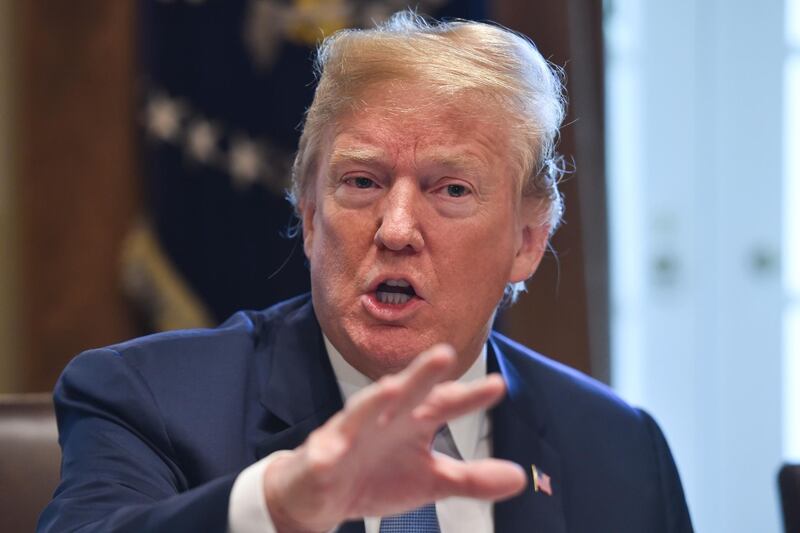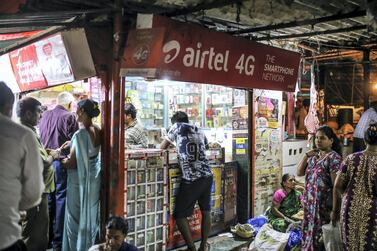President Donald Trump dealt another blow in his widening trade war on Friday, by ending India’s designation as a developing nation under a US trade initiative, effectively cancelling an exception that allowed the country to export more than $5 billion of goods to the US tax-free.
The National explores the implications of the move.
What is the Generalized System of Preferences?
The GSP is a US trade programme designed to promote economic growth in the developing world by providing preferential tariff reductions on certain imports from designated beneficiary countries. In doing so, it aims to reduce export costs for poorer nations and bolster trade flows. It is the largest and oldest US trade preference system, and provides duty-free entry for up to 4,800 products from around 129 countries and territories.
However, some critics argue the scheme fails to cover the products of greatest export interest to some developing countries and therefore has limited impact.
What was India’s trade status previously?
Prior to last week’s decision, India was the largest designated beneficiary of the GSP system. For decades the country was allowed to export 2,000 products – valued at up to $5.7 billion per year – to the US, duty free. India was the 10th largest supplier of US imports in 2018, with Indian imports totalling $54.4bn in 2018, up 11.9 per cent from 2017, according to US government statistics. President Trump announced in March that India’s preferential treatment would be revoked, and an ensuing 60-day notice period ended in May.
Why did President Trump revoke the status?
Mr Trump argued in March that India had failed to provide adequate access to its markets. “Therefore, it is appropriate to terminate India’s designation as a beneficiary developing country,” he said at the time.
It is the latest move by his administration to redress what it considers unfair trading relationships with other countries. Last month, the US ended Turkey’s preferential status under the GSP. Turkey was the fifth largest beneficiary of the scheme with $1.7bn in eligible imports. Mr Trump has also imposed tariffs on steel and aluminium imports from countries around the world, and India had last year retaliated against those tariff increases by raising import duties on a range of its own goods.
What is the likely impact on India?
India said the move would have “minimal economic impact”. However, the decision comes at a time of lower economic growth and record unemployment in the country. India’s economy grew at its slowest pace in almost five years, slipping to 5.8 per cent year-on-year in the fourth quarter of 2018 compared to 6.6 per cent in the preceding quarter, according to figures from the Indian government, published last week. This means it is no longer the world’s fastest-growing major economy - now replaced by China. Meanwhile, unemployment reached a 45-year high between 2017 and 2018 – a cause for concern for prime minister Narendra Modi, who started his second term on Thursday.
How will it affect global trade?
President Trump’s decisions against India and Turkey is likely to be seen by New Delhi as the latest in US protectionism, and further cause for concern as the trade war between China and the US escalates. Mr Trump has also threatened tariffs on Mexican goods amid a row over illegal immigration of Mexicans to the US, and economists have said such uncertainty could disrupt trade flows. In April, the International Monetary Fund cut its global GDP growth forecasts for 2019 to 3.3 per cent, down from 3.5 per cent forecast in January, on persistent trade tensions between the US and China and other factors.







